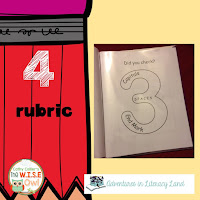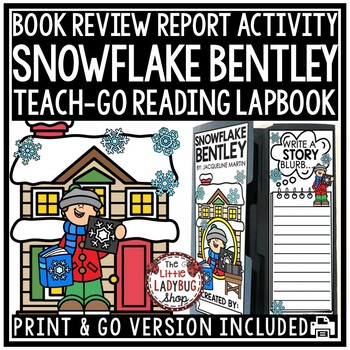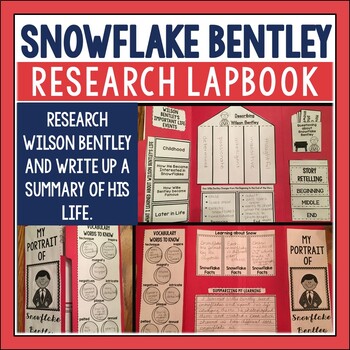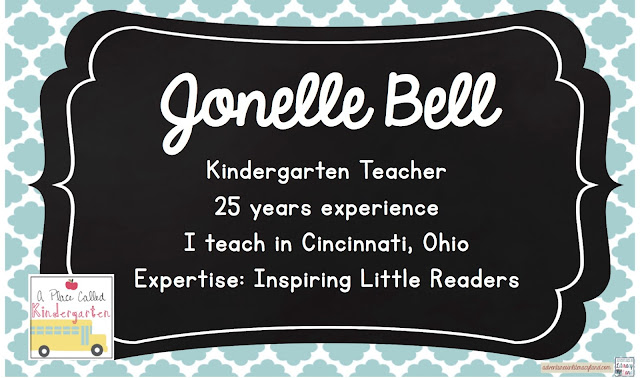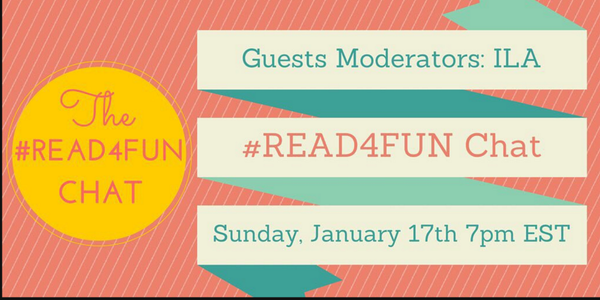Hello Literacy Land Friends! Tara Looney here from Looney's Literacy (currently on sabbatical on my personal site). I'm so excited and honored to be part of such a fabulous group of teachers willing to share their expertise, tips, and tricks with me so I can continue to learn and grow! If you've been following along you know it is Lit Land's second birthday. Bloggers old and new are coming together to share their expertise and a little surprise for you!
Teaching K-6 is a very wide range on the literacy continuum. I've spent 11 years studying this continuum and will continue studying it until I no longer teach. Not only is it important to understand the continuum but it is as equally important to understand where individual students fall on the continuum and how we can support them as individuals. My district has adopted the Fountas & Pinnell leveled literacy program which comes with a very handy guide to the literacy continuum grades K-6.
I'm very fortunate to teach in a small district in a building with just a little over 200 children. Because most attend this same building pre-school through 6th grade we have ample opportunity to get to know all our students very well. We've also created a family environment where we all have mutual respect and encourage the same responsible behaviors from all our students and staff. This makes a tremendous impact on student learning.
It also makes an impact on our lesson planning strategies. When you know your students well it is easier to tailor plans to meets different styles of learners. I try to met their needs by offering opportunities for them to learn in which ever fashion suits them best.
Today I'm going to share with you how my third grade intervention groups have opportunities to practice classroom skills in ways that are easy for them. I create lessons that give my students different ways to learn literacy skills that may be difficult for them.
I plan a variety of lessons that include strategies to meet the needs of visual, auditory, verbal, kinesthetic, logical, social, and solitary learners. Most learners use all of these styles of learning they just may have one or two that are more dominate then others. This is why I decided to create these weekly notebooks that offer something for all learning styles. Click the graphic below to get a free sample.
These activities include: read alouds, anchor charts, graphic organizers, manipulatives, movement and chances to work independently.













